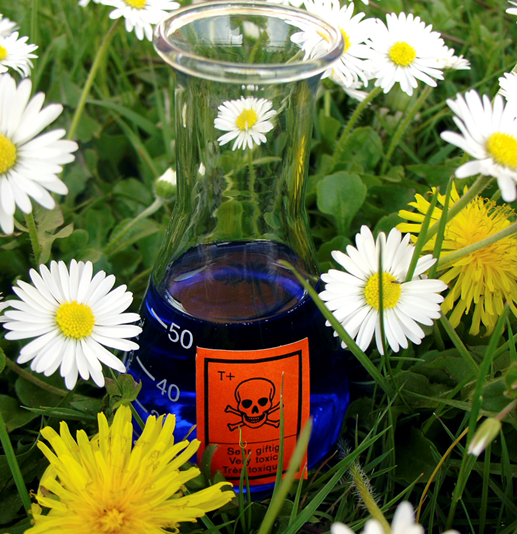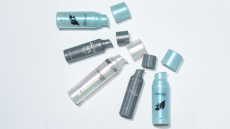Phthalates answerable to Maine’s chemical regulation law

In the global marketplace, the most constricting laws in the most lucrative economies rule the day. Those laws are amalgamations of smaller regulations, like the one now open for comment in Maine.
State regulations
To date, a handful of chemicals have priority status in Maine: bisphenol A (BPA), nonylphenol / nonylphenol ethoxylates (NP/NPE), cadmium, mercury, and arsenic.
Under the state regulation, some products made with BPA, for instance, are banned from sale in the state. Other priority chemicals must be reported, and the manufacturer is required to pay a fee to the Department of Environmental Protection.
Besides the proposed priority designation for phthalates, the state aims to protect children by regulating formaldehyde. That has implications for personal care product manufacturers too: products made with a minimum amount of a priority chemical “used on the body of a child under the age of 12 years, typically on the skin, eyes, or nails, for the purpose of beautification or adornment” fall under the directive.
The phthalate regulation will affect product manufactures and distributors regardless of the age of the end consumer. “Because the proposed rule applies to manufacturers or distributors of certain products, the fiscal impacts will fall mainly on manufacturers of consumer products which contain intentionally added amounts of the four proposed priority chemicals,” explains the state.
And, Maine clearly hopes the financial burden of complying with the regulation will make companies think twice before formulating products with phthalates. “The impact of this reporting fee will be dependent on the regulated entity’s ability to absorb such a cost, which had not been planned for in annual preparation for the budgetary impacts of government compliance.”
Good news, bad news
In response to pressure from consumers, lobby groups and the like, cosmetics and personal care companies have deliberately worked to change formulations. Some industry players have already pledged to sell only phthalate-free products.
Consequently, researchers have been able to track a decline in phthalate exposure among consumers. Ami Zota, ScD, MS, conducted a study as a postdoc fellow at the University of California – San Francisco that “looked at trends in a decade worth of data from 2001 to 2010 in exposure to eight phthalates among 11,000 people who took part in the study,” reported Cosmetics Design assistant editor Michelle Yeomans.
Similar ingredients often make the best substitutions. “The researchers reckon the industry may be using DiBP as a replacement, both in personal care products and in solvents, adhesives and medications,” wrote Yeomans explaining the finding that consumer exposure todiethyl phthalate decreased 42% since 2001 and exposure to Diisobutyl Phthalate increased threefold.













